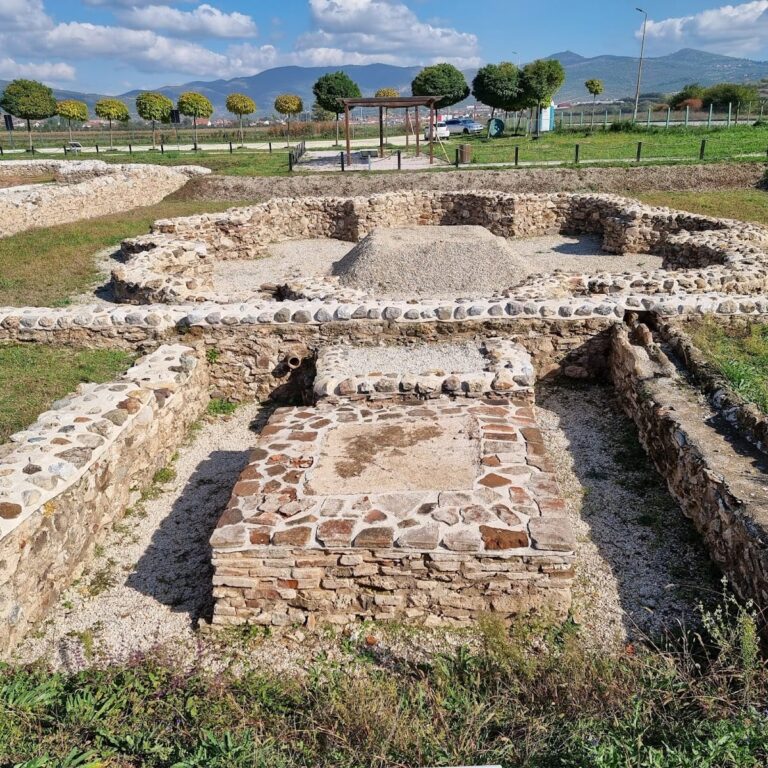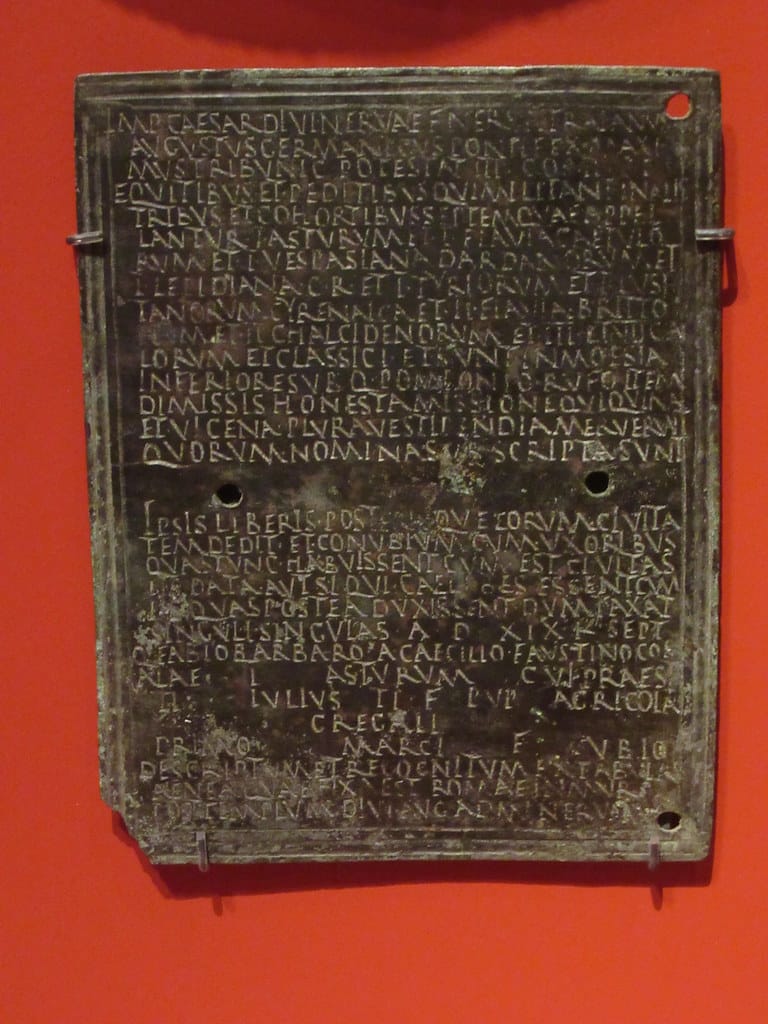Dresnik: Roman Archaeological Site in Kosovo
Visitor Information
Google Rating: 4.2
Popularity: Very Low
Google Maps: View on Google Maps
Country: Kosovo
Civilization: Byzantine, Roman
Remains: Domestic
History
The Dresnik archaeological site is located in the village of Dresnik, near Klina in Kosovo, within the upper valley of the White Drin River. This area lies in the Dukagjini Plain, part of the ancient region known as Central Dardania. The site was established during the Roman period, following the Roman conquest of Dardania. Early research identified Dresnik as a Roman municipium, a self-governing town, based on inscriptions found there.
After Rome annexed Dardania, the region became part of the province of Moesia around 2 to 6 CE. Later, under Emperor Domitian in 86 CE, it was reorganized into Moesia Superior. During this time, Dresnik developed as a settlement with strategic importance due to its location on the Roman road connecting Lissus (modern Lezhë) and Naissus (modern Niš). This route facilitated military and economic activities, including provisioning troops.
The site shows two main phases of occupation. The first phase, dating to the 2nd and 3rd centuries CE, was centered on a rural agricultural villa, known as a villa rustica. This villa supported farming and livestock, reflecting the local economy. In the 3rd and 4th centuries, the site underwent significant expansion and reconstruction. The new complex was larger and more elaborate, likely serving the Roman elite and possibly functioning as a temporary residence for imperial officials.
Archaeological finds suggest strong imperial connections during this later phase. Statues of Roman deities such as Venus and Juno were discovered, along with reused funerary stones bearing inscriptions of Romanized local inhabitants. A rare lead sarcophagus from the late 2nd or early 3rd century contained the remains of a woman and valuable grave goods, indicating the presence of wealthy residents. The nearby necropolis on the hill called “Qelie” served as the main cemetery, with brick-lined graves oriented east to west.
Remains
The Dresnik site features a large complex oriented north to south, enclosed by a massive defensive wall with circular towers. The eastern section of this wall measures 160 meters long and 3.7 meters thick, with towers up to 16 meters wide. This fortification is among the largest Roman walls discovered in the Balkans, highlighting the site’s importance.
At the heart of the complex lies an imperial summer palace built in the 3rd to 4th centuries CE. The main hall, or aula, measures 22 by 11 meters and is surrounded by five additional rooms. The floors are decorated with colorful mosaics made using the opus tessellatum technique, which involves small square tiles called tesserae, about 1 to 1.2 centimeters in size. The aula’s mosaic displays geometric patterns including circles, squares, stars, and crosses in red, black, white, yellow, and brown, framed by three decorative borders.
Adjacent to the aula is a triclinium, a formal dining room, measuring 8 meters in diameter and 6 meters deep. It is supported externally by three buttresses and features a mosaic floor. A niche in the apse wall may have been used for heating, though no hypocaust (underfloor heating system) was found there. The apse’s semi-dome is constructed from trapezoidal bricks.
Other rooms include Room B, east of the aula, with three entrances and mosaics showing heart-shaped and braided designs in multiple colors. Room C, next to Room B, has yellow-dominant mosaics featuring swastikas and 25 circular medallions inside octagons. Room D, north of the aula, contains mosaics of interlocking rhombi and circular medallions. Room F connects Rooms D and G and displays mosaics of four-petaled flowers and square medallions. Room G, accessed through Room F, has floor mosaics with spirals, Salomon knots, and alternating diamond shapes with central discs.
A bath complex with a hypocaust system was found. It includes a reused basin measuring 4 by 1.4 by 1.4 meters and a later-added heating system beneath the floors. A fragment of a statue of Juno was discovered in the fill of this area.
Sculptural remains include two marble statues of Venus modeled after the famous Aphrodite of Knidos by Praxiteles, and a fragmentary statue of Juno. Several funerary stelae were reused in construction; these bear inscriptions commemorating Romanized local inhabitants, including one for a woman named Flavia Putides.
A rare lead sarcophagus decorated with 20 relief portraits of Mercury and star motifs contained the remains of a woman, along with a gold earring, coins, and a perfume bottle called a lotore. Other finds include imperial Roman coins, fragments of ceramics dating from the 2nd to 6th centuries, altar pieces dedicated to Jupiter, column bases, and glass fragments. These artifacts reflect the long period of occupation and the site’s connection to Roman imperial culture.



